Could a Channel Islands camping trip help me calm my ‘content brain’?
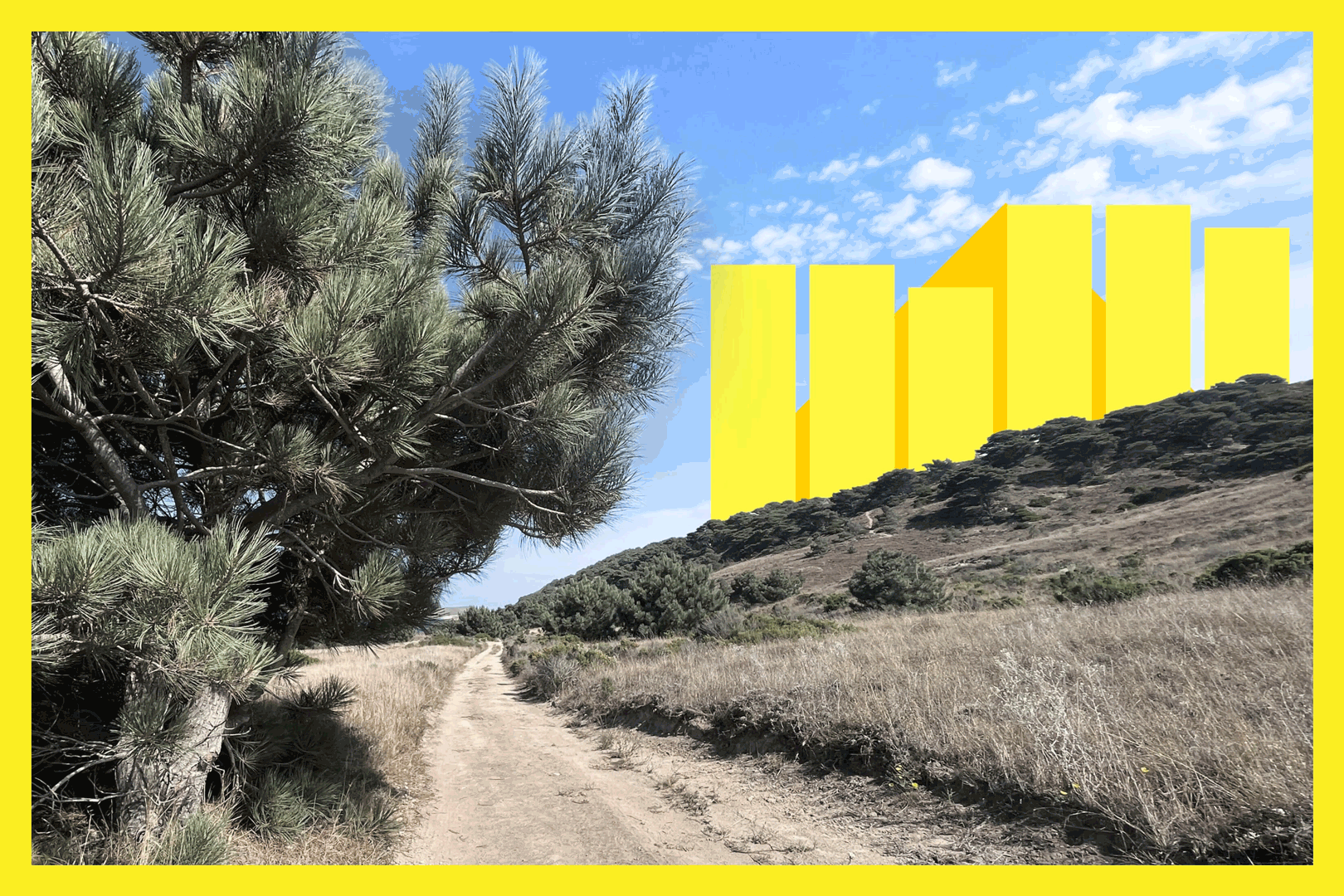
- Share via
Editor’s note: The Wild is all about featuring a variety of exciting voices from SoCal’s outdoors scene. For the next several weeks, we’re featuring guest writers (whom we’ve dubbed “wilders” ) from around The Times who are eager to share their adventures with you.
This week’s guest wilder is Times fellow Helen Li, an avid solo traveler who got her start in rock climbing after third-wheeling two friends at Joshua Tree National Park in 2022. Her immigrant mother used to worry about Helen getting hurt outdoors (and going broke without enough insurance coverage) in America, but now responds to WeChat group photos of her outdoor adventures with a thumbs up.
Known as the “Galapagos of North America,” the Channel Islands sit just off Southern California. Santa Rosa and Santa Cruz, the two largest islands in area, are popular destinations for camping, wildlife watching and kayaking. As someone who grew up on the East Coast on tales from books like the “Island of the Blue Dolphins,” I was beyond excited to immerse myself in this special environment over a recent three-day Labor Day weekend camping trip.
After three hours on the ocean, scanning for dolphin pods — I was lucky to see two, and the captain pointed out flying fish that sailed just above the blue waves — we arrived at Santa Rosa Island on a Friday morning via an Island Packers Cruises ferry from Ventura.
Get The Wild newsletter.
The essential weekly guide to enjoying the outdoors in Southern California. Insider tips on the best of our beaches, trails, parks, deserts, forests and mountains.
You may occasionally receive promotional content from the Los Angeles Times.
My fellow adventurer and I had reserved one of the 15 spots at the Water Canyon Campground, where we could avail ourselves of potable water and luxurious flushable toilets. (I was not yet ready for the backcountry option.) The National Park Service ranger (Channel Islands National Park encompasses five of the islands) joked during our debrief on the dock that there were signal bars — but very few of them — on this island, meaning that we could make 911 calls in an emergency if we were in just the right spot.
No emergency happened during my stay on Santa Rosa Island, but I did suffer a rather uncomfortable realization. After three days with my smartphone in airplane mode, I discovered just how addicted I was to it.
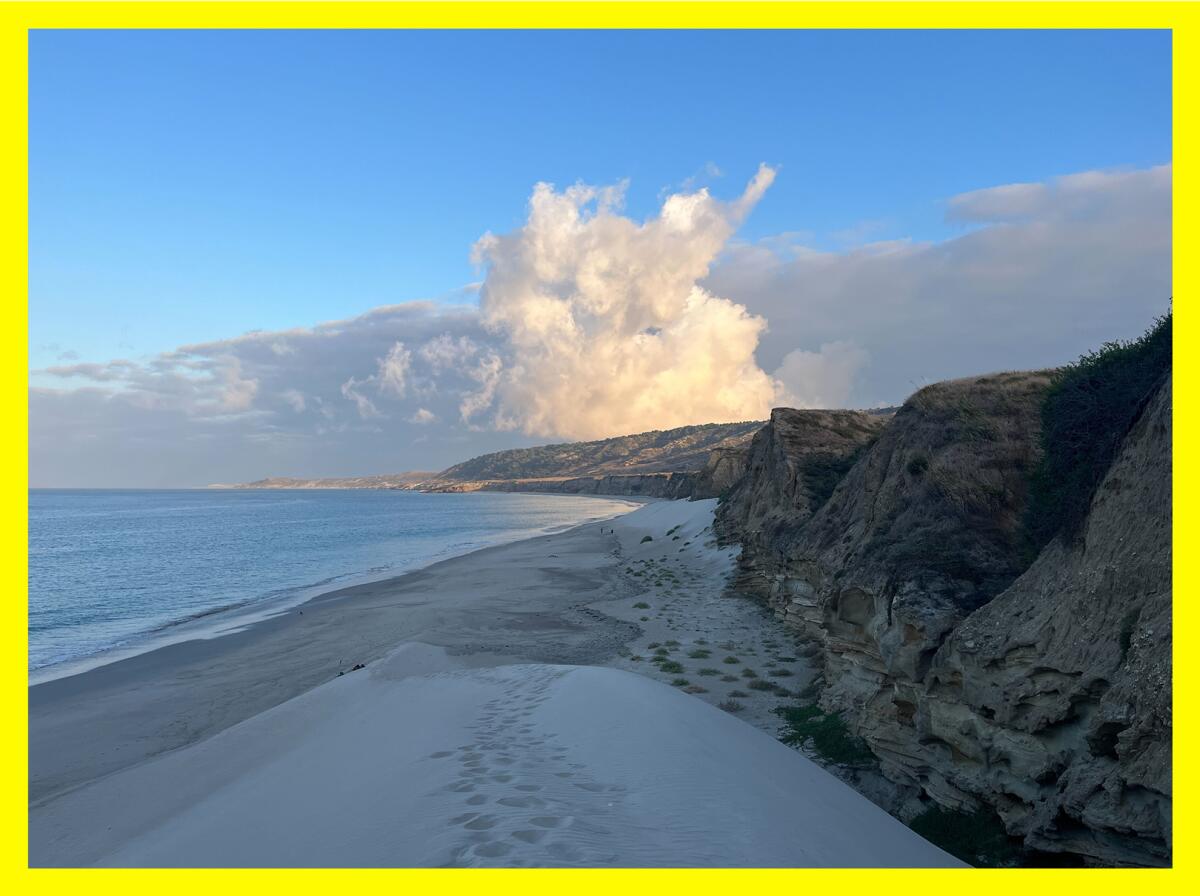
On the first day of hiking — to Skunk Point on the eastern side of the island — I walked ahead of my camping partner and turned on the radio signal of our walkie-talkies, just in case we needed to reach one another. I followed the (offline) map I had downloaded from the park service app.
As I was hiking in an unexpected trance-like state, I came across my first island fox among the Torrey pine trees. Found nowhere else but the Channel Islands, the island fox is about the size of a house cat. I stood silently, observing its movements for a few moments, before doing the thing that has became instinctual: whipping out my phone to capture it.. This happened again when I saw a group of snowy plovers hopping across puddles on the beach.

And sometimes it went beyond just capturing the moment: I would pan my phone across a cliff face, with the intention of framing the perfect vertical video that I could share with people on an Instagram story.
In a 2018 Vox piece, “What smartphone photography is doing to our memories,” scientists looked into how taking constant photos changes the ability to recall our experiences. The takeaway? The simple action of taking a photo can divert our attention and take us out of the moment.
This was exactly what was happening to me: Each time I saw something new, I found myself more focused on making sure I could share it with people later — and show that I had experienced something cool — instead of being present and experiencing it in the moment with all five (well, at least four of the five) senses. Not to mention that the zoom feature on my iPhone camera wasn’t good enough to capture what I saw. Who wants to remember nature through the rectangular window of a smartphone?
Over a holiday weekend I may have become more aware of my smartphone addiction, and the “content brain” that lights up when I use it, but this instinct has been fed — not to mention reinforced — in my line of work.
During the pandemic, I scanned social media to find editors who were seeking freelance pitches. From that always searching experience, I developed a habit of scrolling. I discovered that online internet culture was the most accessible thing to report from my bedroom. Finding interesting trends and analyzing and pitching stories about them became the lifeblood of my identity. As someone who had no bylines then, being online and constantly observing trends and phenomenon was the baseline of how I would make money. Over time, content brain distorted the relationship I had with my surroundings and online presence, as everything needed to become a product.
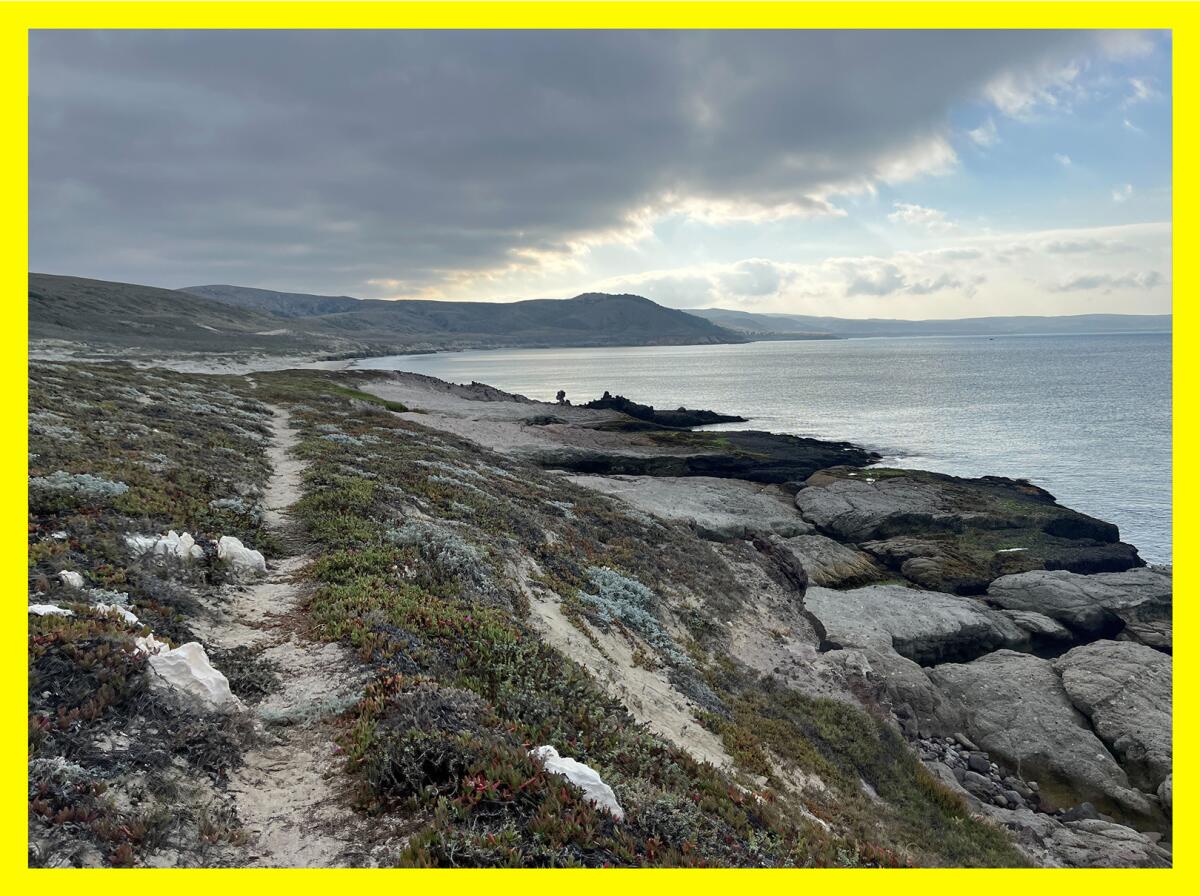
I learned that old habits die hard. On Santa Rosa Island, I would occasionally take my phone off of airplane mode, a flurry of notifications would flood in, and then ... poof! For 10 minutes, I would disappear down the rabbit hole, scrolling through X (the app formerly known as Twitter) or catching up on my Instagram feed.
It was exactly this sense of relevance I was addicted to: I was overcome with disgust when I realized that what really offended me was that the number of messages that did pop up was lower than I had expected. Was I not needed? It had been only a little over 24 hours since I was last connected — when my companion jokingly informed me of the best spots near our campgrounds get cell signals. Even as a nature lover, I realized I was not able to unplug fully and was easily sucked back into the world of quick hits.
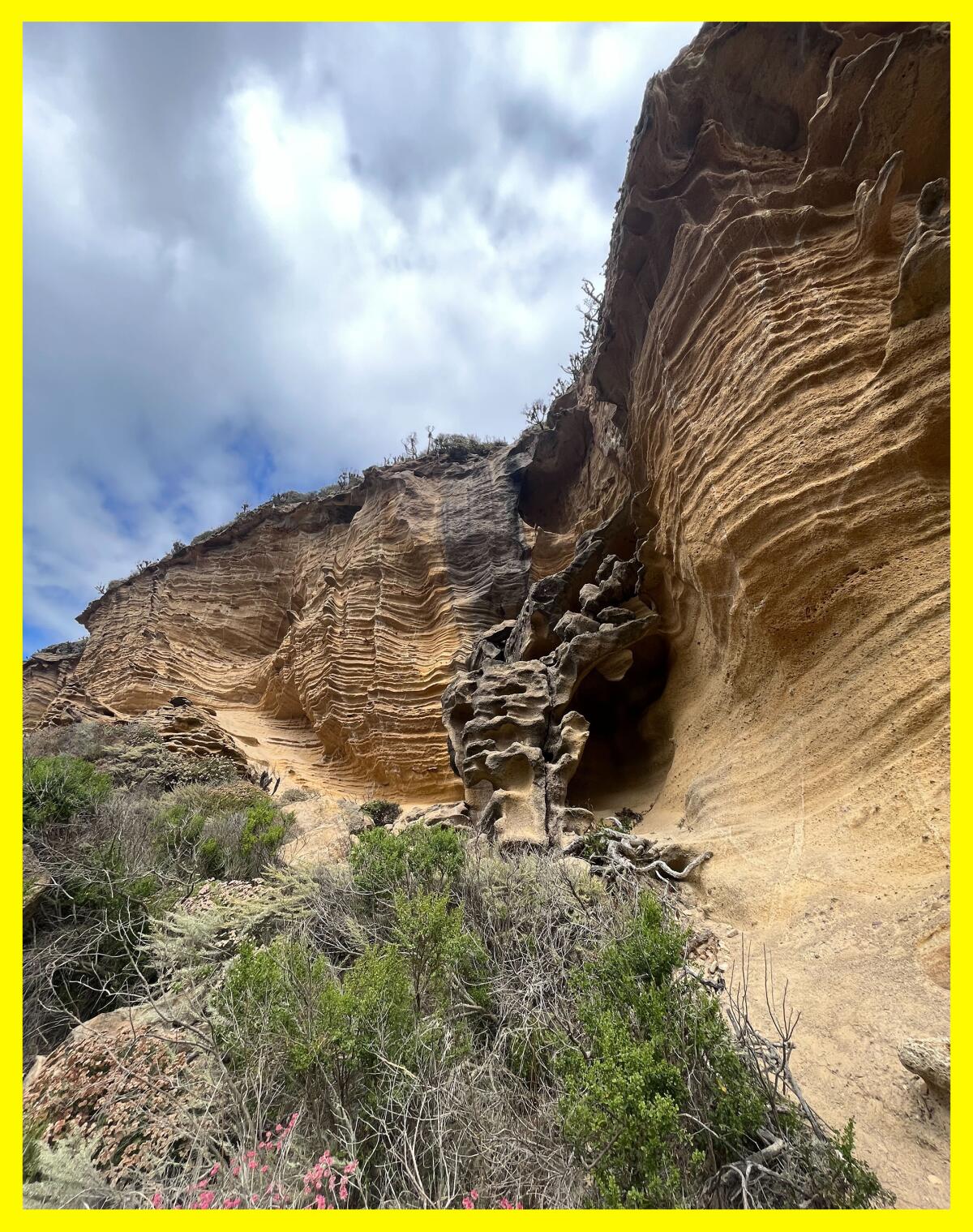
By Day 3, during a hike to Lobo Canyon (which was reminiscent of a scene from the Chinese drama and novel series “Legend of the Condor Heroes”), I stopped trying to chase cellphone bars and let everything soak in. I was struck by how I had to wade through tall blades of grass and then duck under trees with low-hanging, mossy-looking leaves. Looking up, I saw the bright orange ridges of a canyon, sand deposited for thousands of years piled majestically. The clearest blue waves rolled in and out, crashing onto the sand as the water lapped at my toes. When a gray island fox crossed my path, I watched its tail wave — without reaching for my phone.
The sunsets and sand dunes became a source of rejuvenation for our feet after more than 14 miles of hiking. The spontaneity felt cleansing. I had accidentally left my swimsuit back at my apartment, so, in the last 25 minutes before we were due to catch the ferry back to the mainland, I hopped into the ocean in a sports bra and athleisure pants.
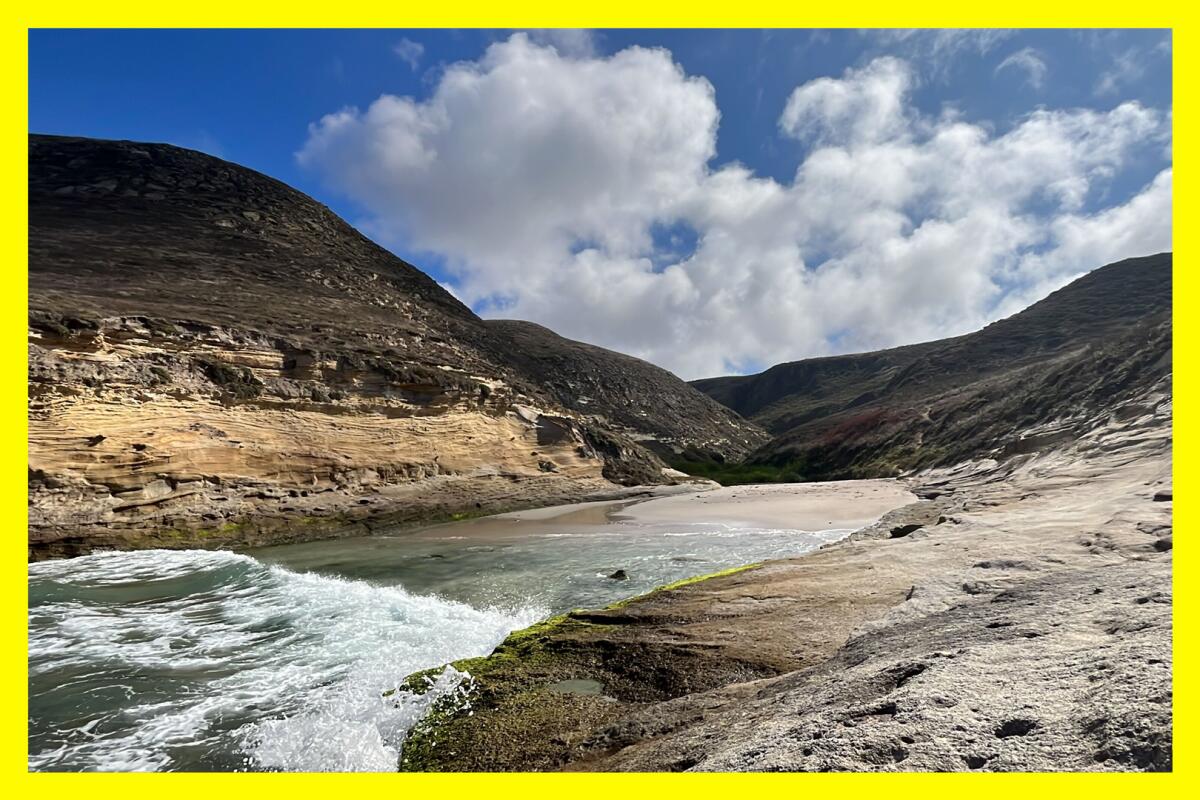
Even though I’d been able to turn off my content-consuming brain for part of that weekend, the temptation to get sucked back into the cycle of generating content — and consuming it — was waiting for me in the land of many cell signal bars. As we rode our ferry back to Ventura, we saw dolphins in a large pod leaping around us — and 20 phone cameras were whipped out to capture the moment. I’ll admit it: I took out my camera too, but after a few seconds, I purposefully put it away to marvel at the dolphins.
I consider it a blessing — not to mention a real eye-opener — to have had such a limited cell signal during that trip to the Channel Islands. It made me more aware of when I was about to reach for my phone — and why — and, as cliche as it sounds, it taught me how to navigate the world with more intention when I returned to the mainland.
While I can’t say I’m totally cured of my content brain — or ever will be — I’m thankful that I had the joy and majesty of Santa Rosa Island — complete with the sandstone cliffs and island foxes — to make me come to terms with it. And if you are feeling the same way, consider paying $120 for the round-trip ferry ride to Santa Rosa Island — or get yourself anywhere else where the beauty is bountiful and the cell signal bars are scarce.
3 things to do
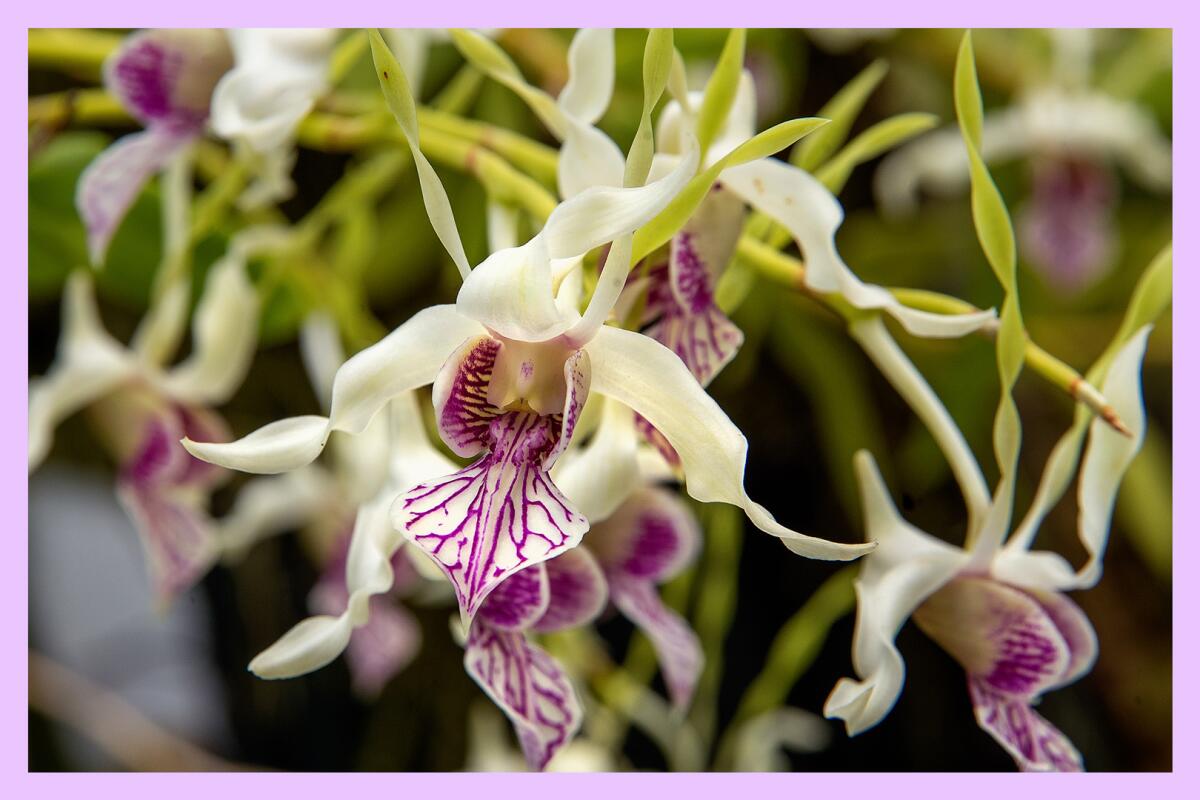
1. Learn how to repot that orchid. During my sophomore year of college, I bought a beautiful orchid plant and named it Simone after all-around gymnastics champion Simone Biles, since it was full of blooms, much in the way she was adorned with medals. Unfortunately, I did not properly educate myself on orchid soil and care and I watered my orchid improperly at the roots. The end result was that Simone rotted. Things might have turned out differently if I’d had a resource like the Huntington Library, Art Museum, and Botanical Gardens’ free orchid talk from 10 a.m. to 1 p.m. Sept. 23. It’s an opportunity to look at some of the thousands of orchid varieties in the Huntington’s collection and get your questions answered by the Huntington’s associate curator of orchids, Brandon Tam, in an informal Q&A. For more info, go to huntington.org.

2. Hang with the spiders. The Natural History Museum’s Spider Pavilion has now opened for the season. In this open-air space, you can learn about 10 to 15 spider species — and their habitats — from the museum’s educators. Tickets are $8, in addition to general admission to the museum (but free if you’re a member), and reservations are required. Make reservations and get additional information at nhm.org.
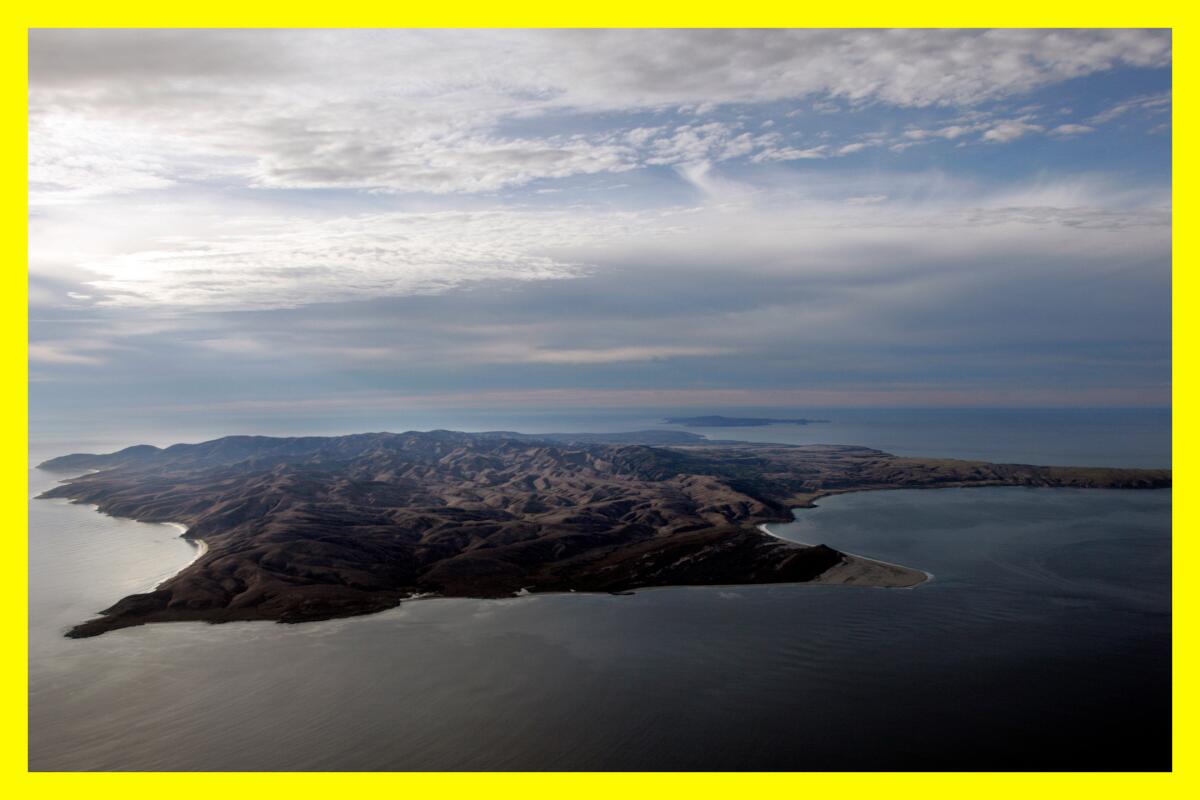
3. Camp the Channel Islands backcountry. Through Dec. 31, the Southeast, Southwest and Northwest quadrant beaches on Santa Rosa Island are open to backcountry camping. If you’re hoping for a more off-the-grid experience with wildlife — and you’re ready to hike at least 10 miles for potable water — make sure to reserve in advance. (And don’t forget to bring waste alleviating gel bags to dispose of your bathroom business.) It costs $10 per night. Get additional information and make reservations at recreation.gov.
The must-read

OK, so this isn’t about anything outdoorsy, but it’s my pick for a must-read. One in 5 people in California is foreign-born, and there is a persistent lack of polling data about this population. The Times recently collaborated with the Kaiser Family Foundation to conduct a groundbreaking poll: 75,800 surveys mailed and more than 13,000 hours of phone interviews and nine languages — Chinese, Korean, Vietnamese, Tagalog, Arabic, Spanish, Portuguese, French Haitian Creole and English. The result is the Immigrant Dreams project.
In one of the first stories flowing from the polling data, my colleagues Brittny Mejia, Jeong Park and Jack Herrera talked with a few of these survey respondents. In little vignettes, they break down the data trends and share stories that shed light on the optimism, resilience and hardships of these families. A must-read, indeed.
Happy adventuring,

P.S.
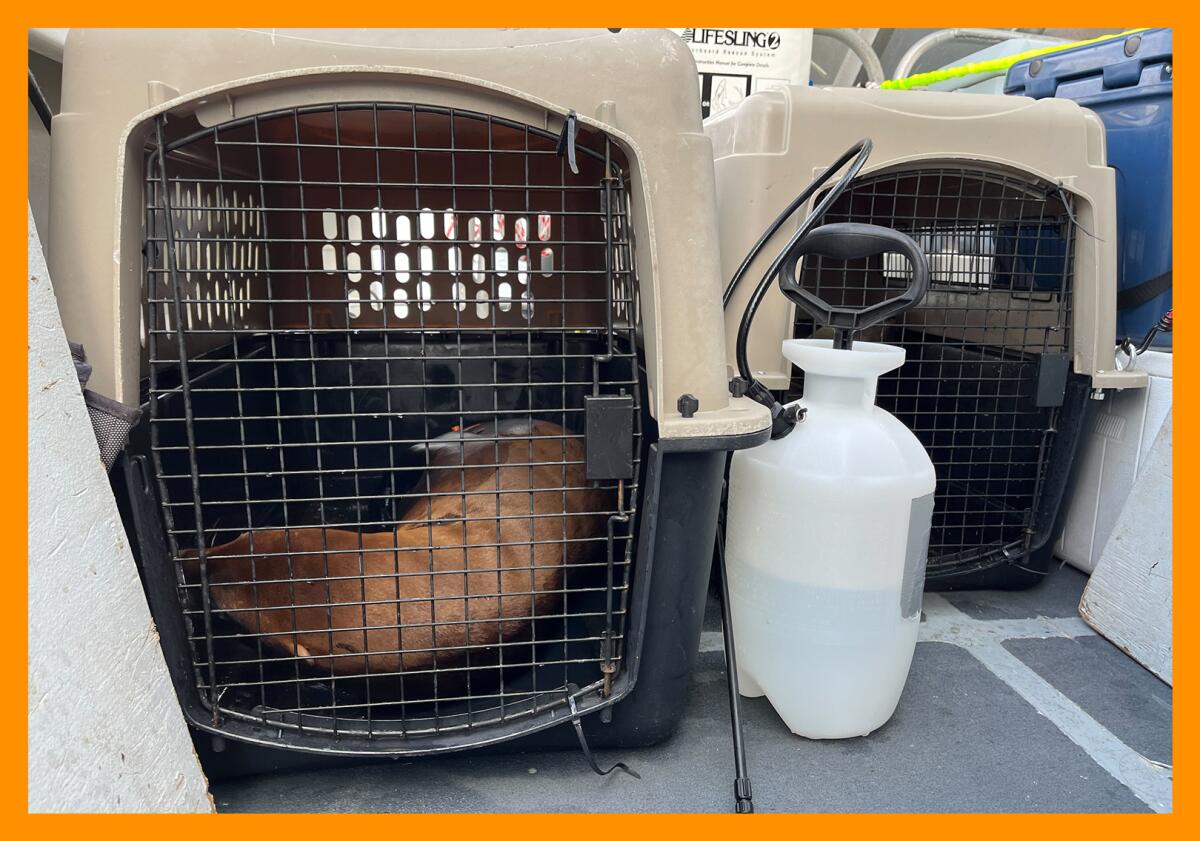
As I was on the ferry to Santa Rosa, I spotted out of the corner of my eye what I thought was a dog on board. Nope. It turned out to be one of two sea lions on board in transporter kennel crates. They had been in rehabilitation since being sickened by the domoic acid toxic algal blooms in July in Santa Barbara and Ventura counties. The two sea lions, both under 2½, had been suffering from seizures. The California Wildlife Center team planned to release them off Santa Rosa — and our ferry had just enough cargo space that day. On board, I spoke with Heather Henderson, who serves as the marine program manager at the center in Malibu. She began her career in mammal response and rehabilitation through volunteer work and let me in on a little-known fact: You might think that weekends are a busy time, volunteer-wise, but Saturdays are the least busy day at the Malibu facility. You can learn more about how to get involved with wildlife rehabilitation efforts on the center’s website. Volunteers need to attend an orientation and commit to 16 hours per month for at least six months.
For more insider tips on Southern California’s beaches, trails and parks, check out past editions of The Wild. And to view this newsletter in your browser, click here.
Sign up for The Wild
We’ll help you find the best places to hike, bike and run, as well as the perfect silent spots for meditation and yoga.
You may occasionally receive promotional content from the Los Angeles Times.




